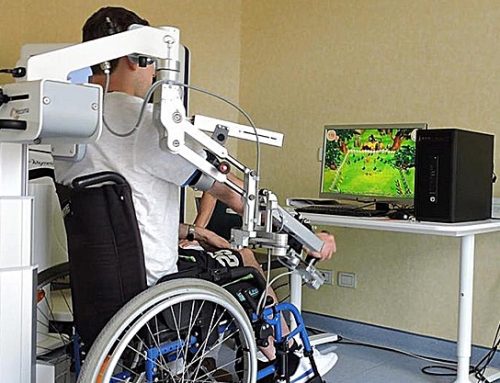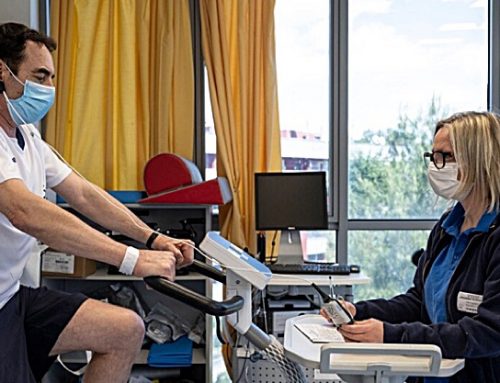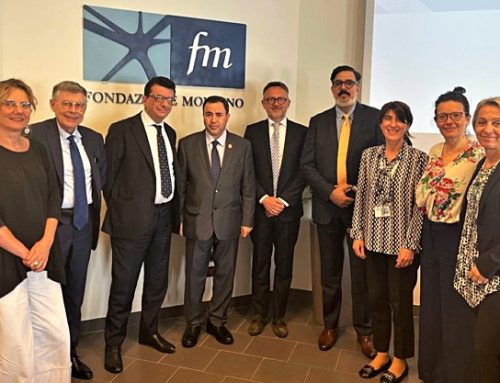DIAGNOSIS OF EPILEPSY AND RARE DISEASES: WHY VILLA SANTA MARIA IS AT THE FOREFRONT
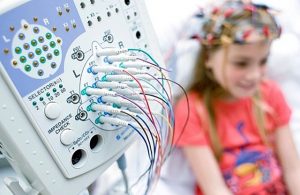
The Neurophysiology and Neuromodulation Centre at Villa Santa Maria (Tavernerio, Como) has concluded a significant enhancement to its electroencephalogram (EEG) system. This upgrade includes an advanced software programme for EEG signal analysis, granting the ability to execute more accurate and comprehensive detection and diagnosis of epilepsy and little-known illnesses. Consequently, this provides the ideal treatment and rehabilitation intervention.
Having the most advanced and sophisticated equipment ensures access to non-invasive testing. This leads to accurate clinical diagnoses and therapies for a greater number of paediatric patients.
Furthermore, few other centres can assess the parameters derived from this software. This significant announcement, unveiled on Rare Disease Day, permits the precise evaluation of brain activity through the analysis of cognitive and somatosensory evoked potentials – two extensive procedures that necessitate specialized equipment and highly trained personnel.
Villa Santa Maria also took part in the 35th International Epilepsy Congress, which is the most significant event in the epilepsy field. They presented their scientific research on drug-resistant epilepsy in children at the conference, which was organized by the International League Against Epilepsy (ILAE) and took place in Dublin, Ireland from 2nd to 6th September.
This will allow Villa Santa Maria to expand his existing auditory and visual evoked potential studies to include newer studies that will allow us to assess therapeutic efficacy using biological markers. Additionally, these new examinations can gather a range of neuro-physiopathological data to provide a comprehensive overview for more in-depth evaluations by geneticists.
The examinations are entirely non-invasive, mitigating any patient distress or discomfort, while improving diagnostic and therapeutic precision.
The novel system will enable Villa Santa Maria to achieve greater precision in assessing and diagnosing patients, regardless of whether they are inpatients, semi-residential, or outpatients. Thanks to this new system, it will be feasible to assess the patient and their condition objectively right from the outset, utilizing a comprehensive diagnostic procedure with the utmost accuracy.


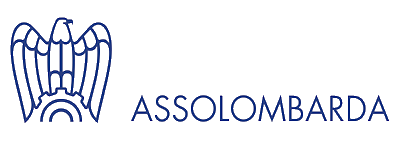
 Villa Santa Maria works to ensure patients excellent services, with the highest standards of quality and professionalism. Thanks to this new technology, the Clinic can offer comprehensive procedures at the Neurophysiopathology laboratory (the study of nervous system function), with the highest diagnostic levels.
Villa Santa Maria works to ensure patients excellent services, with the highest standards of quality and professionalism. Thanks to this new technology, the Clinic can offer comprehensive procedures at the Neurophysiopathology laboratory (the study of nervous system function), with the highest diagnostic levels.